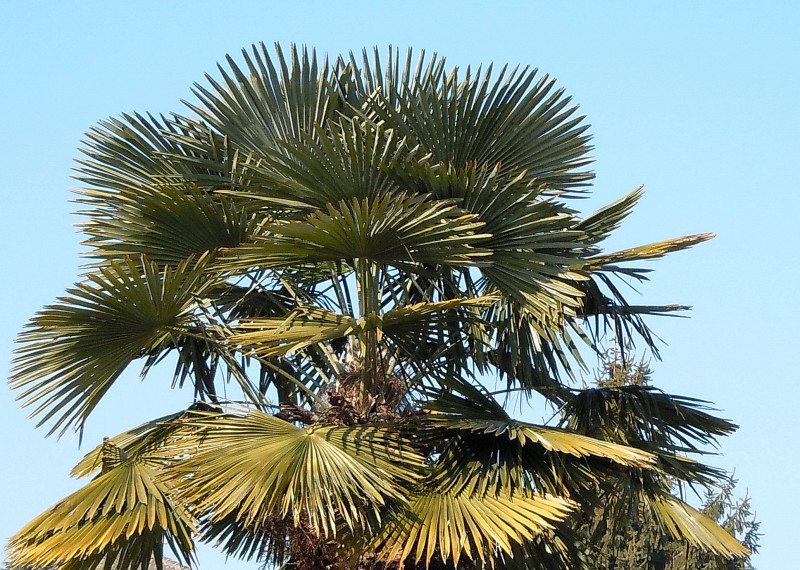Tiiips app: ingredients detective.
Free from Play Store!


Tiiips app: ingredients detective.
Free from Play Store!


| "Descrizione" by FRanier (9976 pt) | 2022-Oct-04 12:26 |
| Evaluation | N. Experts | Evaluation | N. Experts |
|---|---|---|---|
| 1 | 6 | ||
| 2 | 7 | ||
| 3 | 8 | ||
| 4 | 9 | ||
| 5 | 10 |
Palmitic acid is a long-chain saturated fatty acid, found predominantly in palm oil and coconut oil and is also present in the human body, fruit, lard, butter, cheese and animal fats. It is obtained chemically from dimethyl 2-tetradecylmalonate using sodium hydride with methyl palmitate and the solvent reaction dimethyl carbonate.
Synthesised, it is found in the form of a white powder. Stable. Inflammable. Incompatible with bases, oxidising and reducing agents. Insoluble in water.

What it is used for and where

Food
Approximately 80 per cent of the fatty acids in the meat sector are palmitic acid (which makes up 27 per cent of the fatty acids in meat), stearic acid and oleic acid. The remaining 20 per cent is distributed among 30 different fatty acids (1). However, diets rich in saturated fats lead to obesity and insulin resistance due to their high blood plasma lipid levels, increase low-density lipoprotein cholesterol and consequently lead to diabetes mellitus and various diseases.
From a health point of view, palmitic acid has many contraindications, including:
Recent clinical studies have found an association between obstructive sleep apnoea syndrome and inflammation caused by fatty acids (6).
Medical
The good news is that, in scientific research, researchers have discovered the usefulness of palmitic acid, which, in the interaction of certain bacteria with colon epithelial cells, showed anti-inflammatory and anti-fungal properties by reducing E.coli and E.faecalis populations and eliminated C.glabrata from the gut (7).
Cosmetics
It acts as a cleansing, emollient and emulsifying agent in personal care cosmetics. Emulsifiers have the property of directly influencing the stability, sensory properties and surface tension of sunscreens by modulating their filmometric performance. Emollients have the property of enhancing the skin barrier through a source of exogenous lipids that adhere to the skin, improving barrier properties and protecting against inflammation.
Other uses
It is used to produce various metal salts of palmitic acid and unscented chloramphenicol. Precipitant, chemical reagent and sealing agent
This substance is also used in the following products:
For more information:
Typical commercial product characteristics Palmitic Acid
| Appearance | White powder |
| Boiling Point | 340.6±5.0°C at 760 mmHg |
| Melting Point | 61-62.5°C |
| Flash Point | 154.1±12.5°C |
| Density | 0.9±0.1 g/cm3 |
| Refraction Index | 1.454 |
| Vapor Pressure | 0.0±0.8 mmHg at 25°C |
| PSA | 37.30000 |
| LogP | 7.15 |
| Loss on drying | ≤2.0% |
| Water | ≤1.0% |
| Sulphated ash | ≤0.5%/g |
| Residue on ignition | ≤0.1% |
| Heavy metals | ≤10 ppm |
| Shelf Life | 24 Months |
| Chemical Risk |  |
 |  |


Synonyms:
References__________________________________________________________________________
(1) Marcela S. Whetsell, WVU Division of Plant Science Edward B. Rayburn and John D. Lozier, WVU Extension Service Human Health Effects of Fatty Acids in Beef August 2003
(2) Gustavo Vazquez-Jimenez J, Chavez-Reyes J, Romero-Garcia T, Zarain-Herzberg A, Valdes-Flores J, Manuel Galindo-Rosales J, Rueda A, Guerrero-Hernandez A, Olivares-Reyes JA Palmitic acid but not palmitoleic acid induces insulin resistance in a human endothelial cell line by decreasing SERCA pump expression. Cell Signal. 2016 Jan;28(1):53-9. doi: 10.1016/j.cellsig.2015.10.001.
(3) Chen P, Liu H, Xiang H, Zhou J, Zeng Z, Chen R, Zhao S, Xiao J, Shu Z, Chen S, Lu H. Palmitic acid-induced autophagy increases reactive oxygen species via the Ca2+/PKCα/NOX4 pathway and impairs endothelial function in human umbilical vein endothelial cells. Exp Ther Med. 2019 Apr;17(4):2425-2432. doi: 10.3892/etm.2019.7269.
(4) Tibolone attenuates inflammatory response by palmitic acid and preserves mitochondrial membrane potential in astrocytic cells through estrogen receptor beta. González-Giraldo Y, Forero DA, Echeverria V, Garcia-Segura LM, Barreto GE. Mol Cell Endocrinol. 2019 Apr 15;486:65-78. doi: 10.1016/j.mce.2019.02.017.
(5) Downregulation of growth arrest‑specific transcript 5 alleviates palmitic acid‑induced myocardial inflammatory injury through the miR‑26a/HMGB1/NF‑κB axis. Yue Q, Zhao C, Wang Y, Zhao L, Zhu Q, Li G, Wu N, Jia D, Ma C. Mol Med Rep. 2018 Dec;18(6):5742-5750. doi: 10.3892/mmr.2018.9593.
(6) Drozd A, Kotlęga D, Nowacki P, Ciećwież S, Trochanowski T, Szczuko M. Fatty Acid Levels and Their Inflammatory Metabolites Are Associated with the Nondipping Status and Risk of Obstructive Sleep Apnea Syndrome in Stroke Patients. Biomedicines. 2022 Sep 6;10(9):2200. doi: 10.3390/biomedicines10092200.
(7) Charlet R, Le Danvic C, Sendid B, Nagnan-Le Meillour P, Jawhara S. Oleic Acid and Palmitic Acid from Bacteroides thetaiotaomicron and Lactobacillus johnsonii Exhibit Anti-Inflammatory and Antifungal Properties. Microorganisms. 2022 Sep 8;10(9):1803. doi: 10.3390/microorganisms10091803.
| Evaluate |